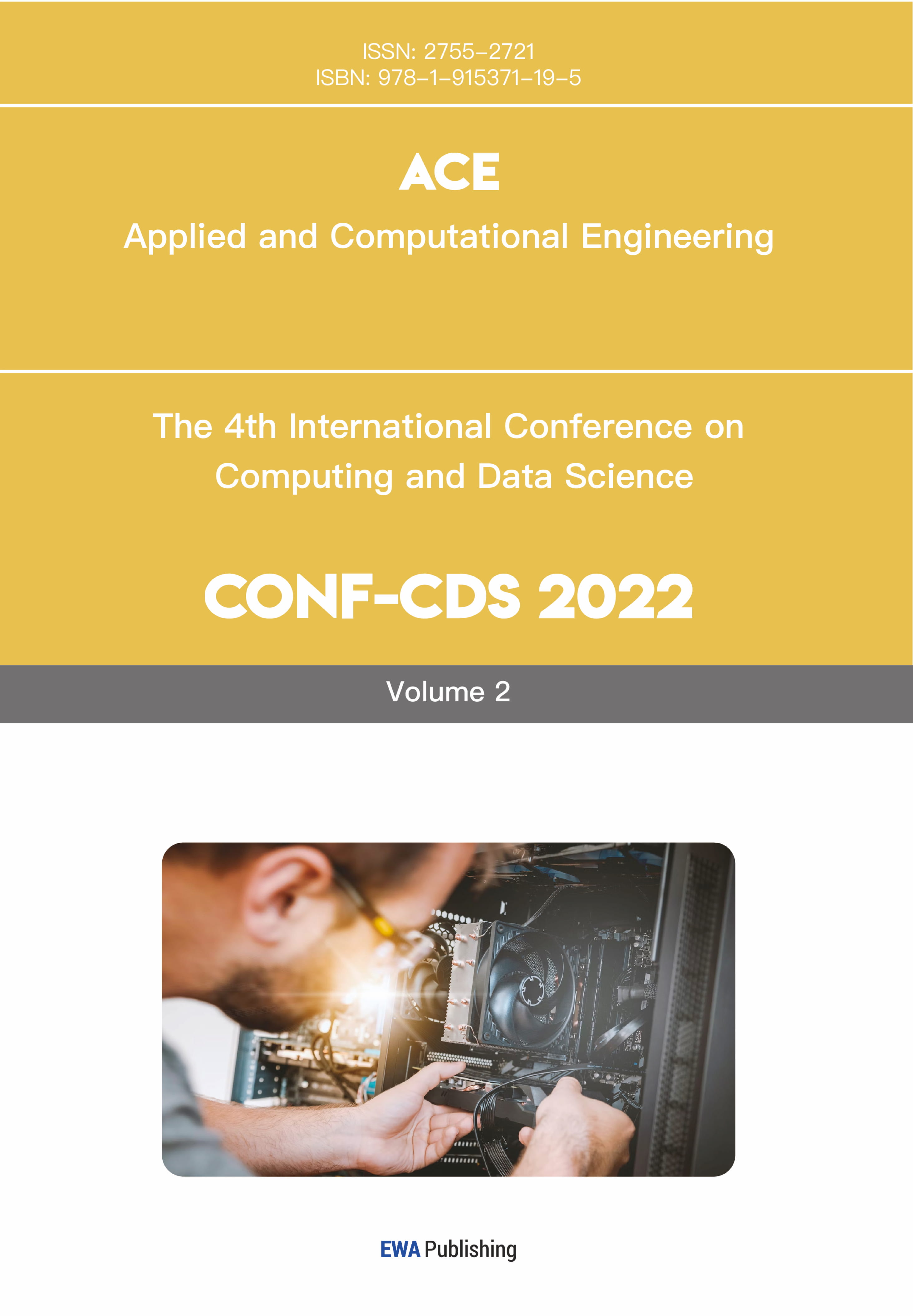References
[1]. Wyler, A. R., Ojemann, G. A., & Ward Jr, A. A. (1982). Neurons in human epileptic cortex: correlation between unit and EEG activity. Annals of Neurology: Official Journal of the American Neurological Association and the Child Neurology Society, 11(3), 301-308.
[2]. Shi, L. C., Jiao, Y. Y., & Lu, B. L. (2013, July). Differential entropy feature for EEG-based vigilance estimation. In 2013, the 35th Annual International Conference of the IEEE Engineering in Medicine and Biology Society (EMBC) (pp. 6627-6630). IEEE.
[3]. Jenke, R., Peer, A., & Buss, M. (2014). Feature extraction and selection for emotion recognition from EEG. IEEE Transactions on Affective Computing, 5(3), 327-339.
[4]. Boutsidis, C., Mahoney, M. W., & Drineas, P. (2008, August). Unsupervised feature selection for principal components analysis. In Proceedings of the 14th ACM SIGKDD international conference on Knowledge discovery and data mining (pp. 61-69).
[5]. Wang, X. W., Nie, D., & Lu, B. L. (2011, November). EEG-based emotion recognition using frequency domain features and support vector machines. In International Conference on Neural Information Processing (pp. 734-743). Berlin, Heidelberg: Springer Berlin Heidelberg.
[6]. Sohn, I. (2021). Deep belief network-based intrusion detection techniques: A survey. Expert Systems with Applications, 167, 114170.
[7]. Dose, H., Møller, J. S., Iversen, H. K., & Puthusserypady, S. (2018). An end-to-end deep learning approach to MI-EEG signal classification for BCIs. Expert Systems with Applications, 114, 532-542.
[8]. Saito, K., Watanabe, K., Ushiku, Y., & Harada, T. (2018). Maximum classifier discrepancy for unsupervised domain adaptation. In Proceedings of the IEEE conference on computer vision and pattern recognition (pp. 3723-3732).



